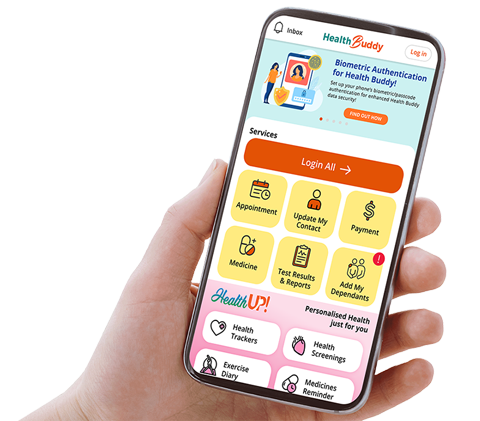What is - Early Speech, Language and Feeding for Cleft and Craniofacial Conditions
A cleft lip is an opening in the lip.
A cleft palate is an opening in the roof of the mouth.
Symptoms of Early Speech, Language and Feeding for Cleft and Craniofacial Conditions
How do children learn to talk?
Children typically begin to develop speech and language skills from birth, but the process occurs gradually over the first few years of life. Language is how we understand and communicate through means of speaking, writing, or gesturing. Whilst, speech is how we make sounds with our mouth to form words.
The development of speech and language skills in children are dependent on the following factors:
- Normal structure and function of the tongue, lip, hard palate, and a soft palate
- Hearing skills
- Intellectual ability
- Language stimulation and language-rich learning environments
Here’s an overview of how speech and language typically develops in children:
 |
Birth – 6 months Babies communicate from the moment they are born. Such as crying differently for different needs, smiles when he/she sees you. They slowly develop more advanced speech skills like cooing. Babbling (e.g. ‘bababa’) emerges at 6 months. |
| 7 – 12 months Babies get more interactive and communicate in more varied ways such as making noises, pointing, and looking to get your attention. Begins to respond to requests (e.g. “Come here” or “Want more?”) |
 |
 |
13 –18 months Most children’s first words develop between 10 and 14 months. You will notice your child using new words nearly every day. Children will also respond consistently when being called by name. |
| 2 years Children display a rapid growth of vocabulary (about 50 single words) and begin to combine word into two-words phrases (e.g. “wash hand”). Children will also use more words than gestures at this age. |
 |
 |
3 years
|
Click on the link to find out more on Speech Development in Children
Will my child have difficulties learning to talk?
Children born with cleft lip only are usually not at risk of speech problems as compared to children with cleft palate. It is common for children with a cleft palate to require intervention with a Craniofacial Speech Therapist (ST), with some needing an additional operation to improve their speech.
Children with cleft lip and palate or cleft palate are also at increased risk for delays in language development. Therefore, regular evaluation by a Craniofacial ST is important.
When can I introduce babies with clefts to solid foods?
Babies with cleft lip only, usually have no problems feeding. Weaning can commence around four and six months of age when they show signs of readiness:
- Has good head and neck support
- Sits well with minimal support
- Shows interest in food, watches you eat, tried to grab your food
Babies with cleft palate who have not had their palate operation yet should also be given opportunity to commence weaning at the same time. This is because the movements used in feeding involve the oral muscles which are eventually used for speaking.
Special note: You may continue with the weaning diet up to the palate operation and can resume once the Plastic Surgeon or Plastic Surgery nurse has confirmed that the palate is adequately healed.
Watch the following SingHealth Videos for more information:
  |
  |
| Part 1: Weaning (5 – 6 months) |
Part 2: Expand eating skills (7 months and above) |
Refer to the handout for more information on feeding in the first year:

Early Speech, Language and Feeding for Cleft and Craniofacial Conditions - How to prevent
What does the Craniofacial Speech Therapist do?
The Craniofacial ST will see your child at six months of age for an initial assessment and caregiver education session. The ST will evaluate:
- how your child is vocalising (e.g. types of sound, frequency of vocalisations),
- how your child is communicating (e.g. use of eye contact, facial expressions, turn-taking skills etc.).
- if early signs of delay are present for referrals to other professionals.
The ST will also:
- provide you with language strategies to stimulate your child’s language learning
- monitor your child’s speech and language development as he/she grows
- provide therapy (if necessary)
- and/or refer your child to other professionals if necessary (e.g. Ear Nose Throat (ENT) specialist, Occupational Therapist, Psychologist etc.).
Typically, your child will be reviewed every six months until five years of age. Thereafter, your child will be reviewed yearly unless more speech and language intervention is required.
Early Speech, Language and Feeding for Cleft and Craniofacial Conditions - Other Information
For more information or appointment enquiries, contact the Cleft and Craniofacial Centre, Women’s Tower, Level 5
Phone: +65 6294 4050
Email: ccrc@kkh.com.sg
The information provided is not intended as medical advice. Terms of use. Information provided by SingHealth.
















